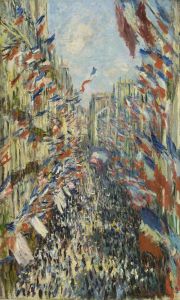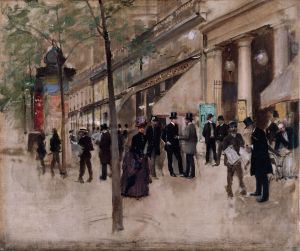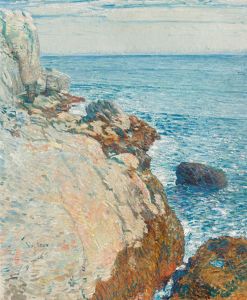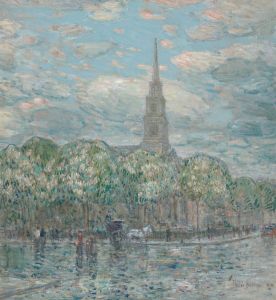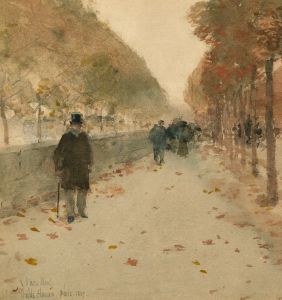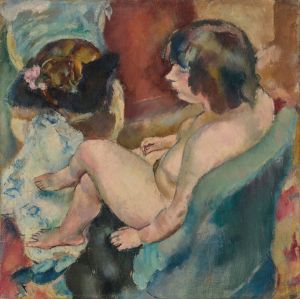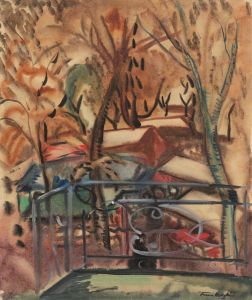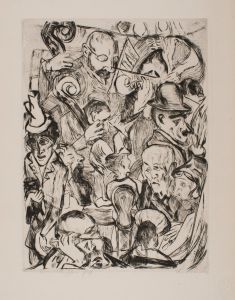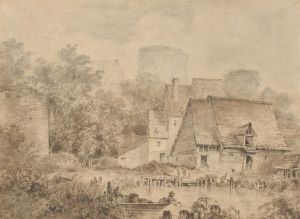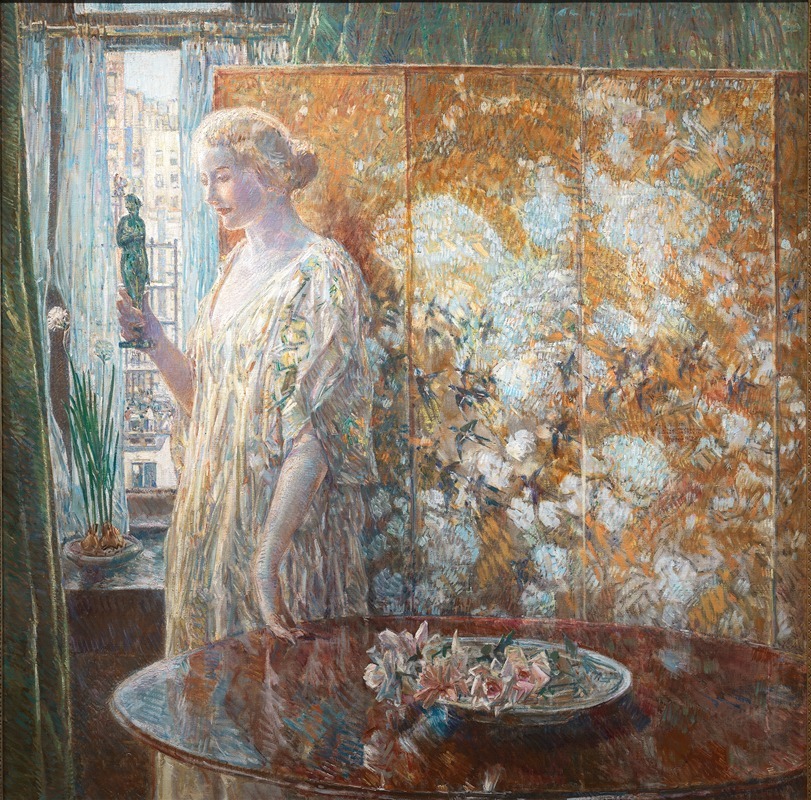
Tanagra
A hand-painted replica of Childe Hassam’s masterpiece Tanagra, meticulously crafted by professional artists to capture the true essence of the original. Each piece is created with museum-quality canvas and rare mineral pigments, carefully painted by experienced artists with delicate brushstrokes and rich, layered colors to perfectly recreate the texture of the original artwork. Unlike machine-printed reproductions, this hand-painted version brings the painting to life, infused with the artist’s emotions and skill in every stroke. Whether for personal collection or home decoration, it instantly elevates the artistic atmosphere of any space.
Childe Hassam was an influential American Impressionist painter, known for his urban and coastal scenes. One of his notable works is "Tanagra," painted in 1918. This painting is part of Hassam's series of works that reflect his interest in capturing the interplay of light and color, a hallmark of the Impressionist movement.
"Tanagra" depicts a woman in a contemplative pose, standing in an interior space. The title of the painting refers to the ancient Greek city of Tanagra, famous for its terracotta figurines of elegant women. These figurines were highly valued in the late 19th and early 20th centuries, and their influence can be seen in the graceful pose and attire of the woman in Hassam's painting. The connection to Tanagra suggests an appreciation for classical beauty and form, which was a common theme in the art of this period.
Hassam's use of light in "Tanagra" is particularly noteworthy. The painting demonstrates his skill in capturing the effects of natural light as it filters through the room, creating a soft, atmospheric glow. This technique is characteristic of Impressionism, where artists sought to depict the changing qualities of light and its impact on the perception of color and form. The color palette in "Tanagra" is subdued yet rich, with a harmonious blend of soft pastels and muted tones that enhance the serene and introspective mood of the scene.
The subject of the painting, a woman in a moment of quiet reflection, is a recurring theme in Hassam's work. During this period, Hassam often depicted women in domestic settings, capturing moments of leisure and contemplation. This focus on the female figure and domestic interiors reflects broader trends in American Impressionism, where artists frequently explored themes of modernity, femininity, and the private sphere.
"Tanagra" was created during a time when Hassam was at the height of his artistic career. By 1918, he had established himself as a leading figure in the American Impressionist movement, with a distinctive style that combined elements of French Impressionism with his own unique vision. His works were widely exhibited and collected, contributing to the growing appreciation of Impressionism in the United States.
The painting is part of the collection at the Metropolitan Museum of Art in New York City, where it continues to be appreciated by visitors for its beauty and technical mastery. "Tanagra" exemplifies Hassam's ability to convey mood and emotion through his adept handling of light and color, as well as his interest in classical themes and the depiction of modern life.
In summary, "Tanagra" by Childe Hassam is a significant work that captures the essence of American Impressionism. Through its elegant composition, masterful use of light, and thematic depth, the painting offers a glimpse into Hassam's artistic vision and the cultural context of the early 20th century.





